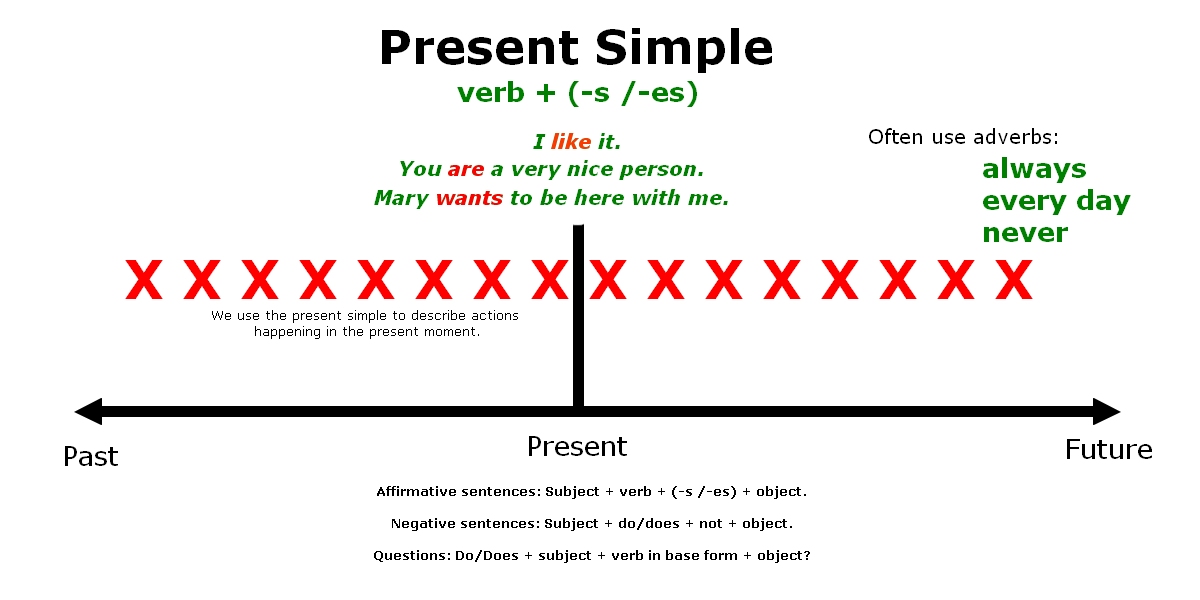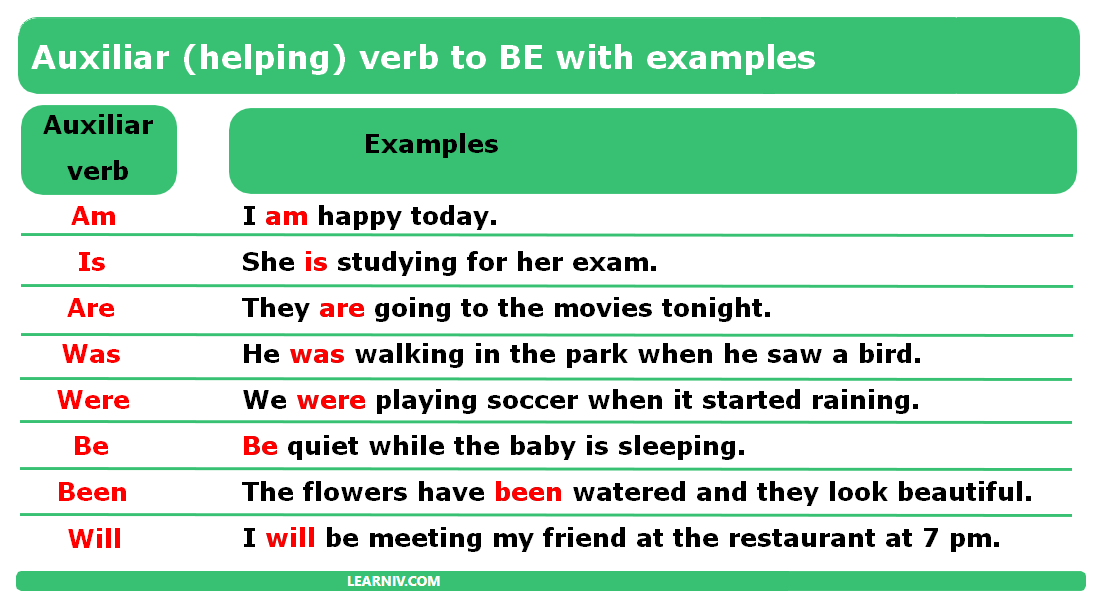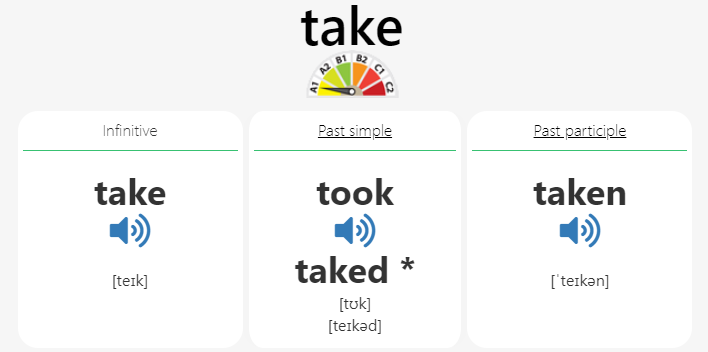The present continuous tense, also known as the present progressive tense, is used to describe an action that is happening at the present moment or is ongoing. In this tense, the verb “to be” is used in the present tense along with the present participle form of the main verb. 10 examples of sentences of… Continue reading 10 sentences of Present Continuous tense
10 sentences of Present Continuous tense
10/10 - (10 votes)





